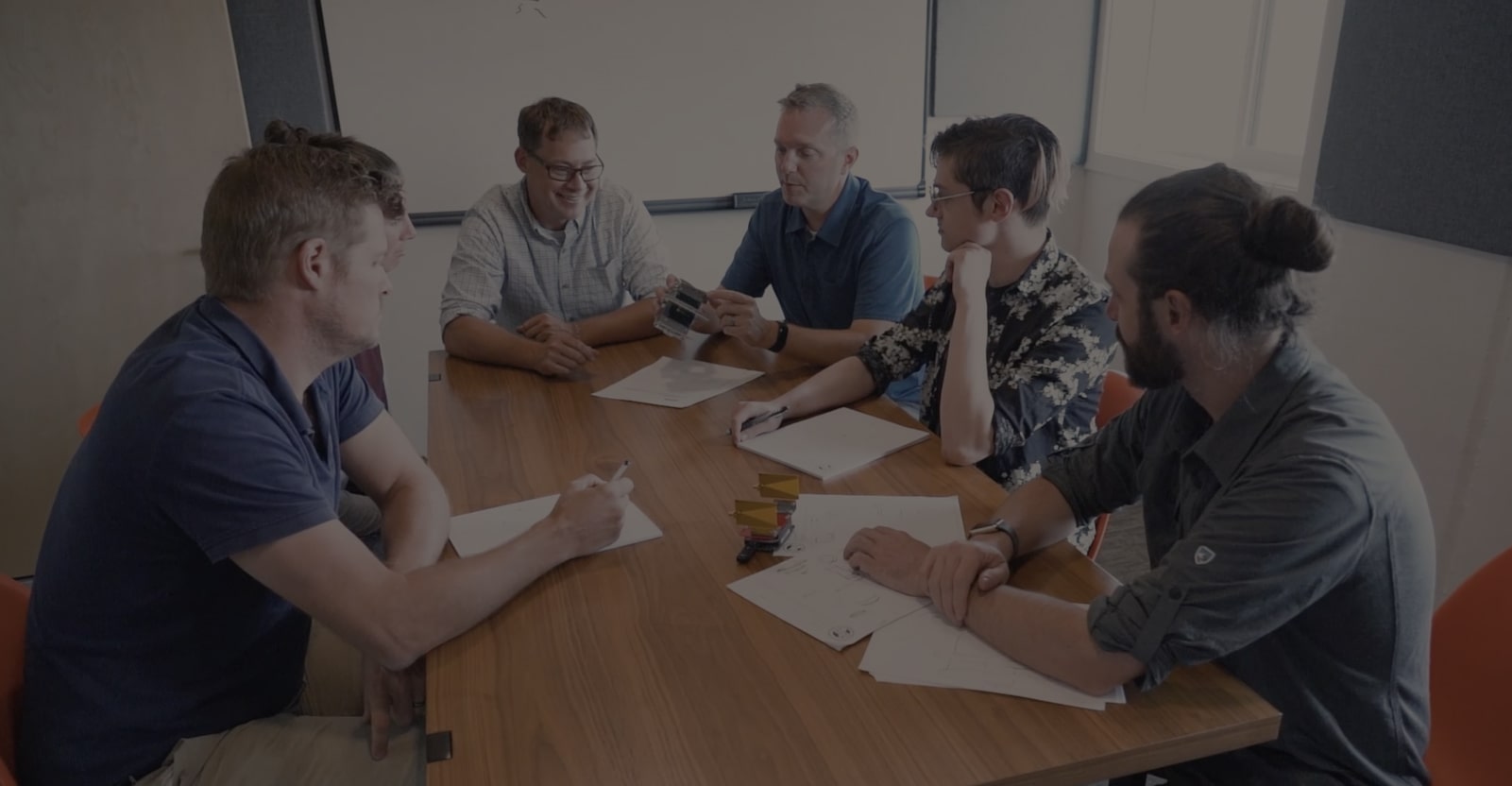
Product Strategy
At the beginning of the project, Salient helps you define your goals so that a timeline and scope of work can be used to create an estimate.
- Initial Consultation: Meet with you to learn about the product or technology innovation
- Project Definition: A concise and comprehensive overview outlining the objectives, scope, deliverables, timeline, and resources required for a specific project
- Your Goals: Take the product to market, license the invention, or sell the idea
- Feasibility Assessment (Optional): Study the Technical, Financial, and Market Feasibility of your idea or innovation
- Estimate: Scope, budget, and timeline
- Kickoff: Budget proposal, estimate review, kickoff meeting, project commencement

Concept Design
The Concept Design phase helps inform the product’s look, feel, and function.
- Ideation: Conceptualize all the ways the product can be created
- Market Study: Search for like products, analyze the marketplace and competitors
- Define Form/Function/UX-UI: Define the form language, develop functional attributes, and establish user interaction with the product
- Industrial Design: Refine the product’s aesthetic appeal, ergonomics, and user experience through meticulous attention to detail and creative design solutions
- Preliminary CAD (Computer Aided Design) Modeling: Create initial 3D digital models

PROTOTYPING DESIGN
Bring the product to life with virtual and physical models or prototypes.
- Virtual Prototype in 3D CAD: A computer-generated assembly tests motions, fit, and function for validation before committing to a physical prototype
- Proof of Concept (Alpha) Prototype Fabrication: A proof of concept prototype is often needed to test theories or demonstrate function before creating the final prototype
- Finished (Beta) Prototype Fabrication: Complete a representative prototype that showcases the entire product and function, and represents how the product will look when manufactured

Design For Manufacturing
Design For Manufacturing (or DFM) is the process of optimizing the components and assembly of the product with process, time, cost, and materials in mind. Engineers seek to maximize efficient and cost-effective manufacturing balanced with producing the best possible product.
- Define Manufacturing Process: Determine the processes that would be most efficient and cost-effective for the product
- 3D CAD Revisions: Update CAD to accommodate the chosen manufacturing process
- 2D Technical Drawings: Communicate the product through perspectives using industry standard notation, symbols, layouts, dimensions and tolerances
- Manufacturer Evaluation: Assess potential manufacturing partners
- Manufacturing Quotation
- DFM Review: Engineers evaluate what the manufacturer has proposed to make sure that it maintains the design intent that has been submitted

Manufacturing Support
Once the manufacturer has accepted the technical drawing package and the client has approved the manufacturing bid, Salient can continue to support the manufacturing effort.
- Sample Review: Evaluate the initial prototype or sample produced during manufacturing to assess its quality, accuracy, and adherence to design specifications
- Quality Control: Create a plan for approval with the client and manufacturer for what will be an acceptable final product
- Revision History: Track edits, updates, and modifications made to the product data over time
- Any other ongoing design or engineering task


